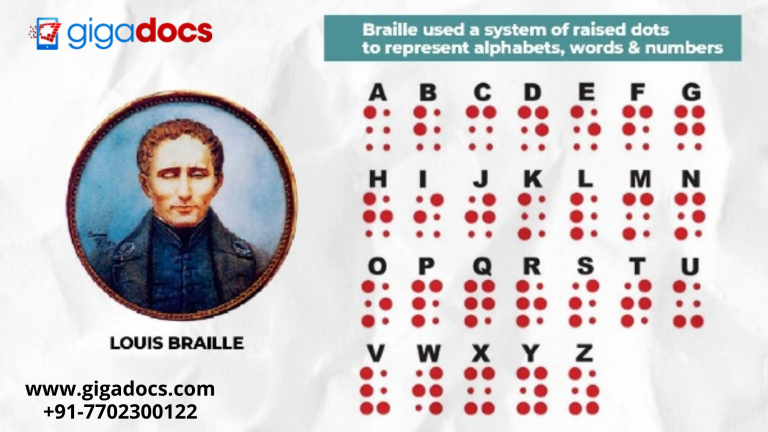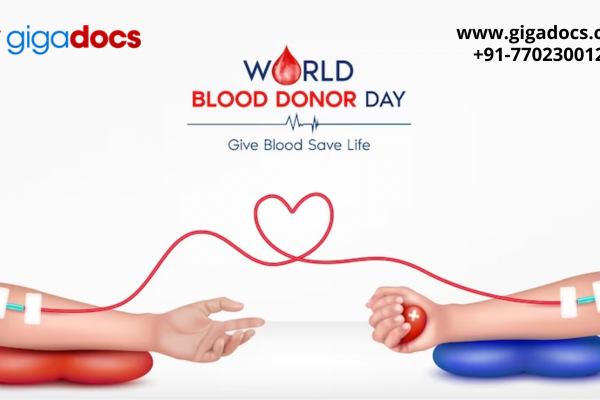India- the second most populous nation is home to a whopping one-third of the world’s blind. The most common cause of blindness is an untreated refractive error which contributes to about 40 million people in India, including 1.6 million children, rendering them blind or visually impaired.
The most worrying case is that of childhood blindness. Childhood blindness is a term used to describe a range of disorders and conditions that originate in childhood or early adolescence and, if ignored, end in blindness or severe visual impairments.
However, despite the massive threat it brings, childhood blindness is often ignored. An explainable cause is that children account for only 3% of the world’s blind population, making childhood blindness receive less attention than other causes of blindness and visual impairment.
Blind Education That Is All-Inclusive
Education fosters independence in visually impaired children by enhancing their self-confidence, self-esteem, and acceptance as valued community members. That is especially beneficial with the transition of the visually impaired youngster to adulthood and the greater sociability that comes with it. Braille education holistically helps visually impaired kids improve their socialization and academic performance.
Braille for Blind Students Education
Education has been a cultural and social cornerstone for hundreds of years and it provides unique independence in life reducing the dependency on others. Why should it be any different for blind or people with poor vision?
Braille has been a fundamental component of the education of visually impaired children. Braille is an important medium of instruction for teaching a visually impaired youngster to read and write. It enables students to learn the fundamentals of spelling, punctuation, and grammar in a script designed to allow them to access text, mathematics, music, and other life skills.
This gives them a feeling of being an inclusive member of society, ready to take on a leadership position and practice social skills.
Braille’s greatest strength, though, is its one-of-a-kind adaptability for reading and writing for the blind. The braille script’s ingenuity resides in its six-dot structure, which a visually impaired reader can recognize at considerably faster speeds and with greater precision. Furthermore, it assists its readers in developing a thorough grasp of the tiniest units of language, like how word-to-word interactions work together in a phrase or a sentence. Most importantly, it enables the visually impaired community to construct physical records of their thoughts, allowing them to return to their thoughts again and re-evaluate, which results in a corpus of recorded knowledge.
Braille has coevolved with the advancements that technology and communication have witnessed in the twenty-first century. There are currently several technologies for printing Braille on paper (such as less expensive Braille printers and embossers) and digital formats such as the BRF with notetakers. Braille tells the sighted that visually impaired individuals are integral members of society.
World Braille Day
Every year on January 4th, International World Braille Day is observed to commemorate the birth of Louis Braille, who was born on this date in 1809. The UN General Assembly constituted World Braille Day in 2019 that also serves as a kick-off event for Braille Literacy Month, a month-long event in January that strives to promote awareness about the importance of braille and braille education among the masses.
Here are some fun facts about Braille, which you must not miss!
- Braille is used in nearly every country in the world, and there is a braille code for almost every language.
- In recent years, more toys have become available in braille including a Rubik’s Cube, the popular card game UNO, and LEGOs.
- The braille typewriter is not like a regular typewriter. Braille typewriters contain six keys, one for each of the six dots in a braille cell, and a space key, enter button, and backspace button.
Telehealth for the Blind with Gigadocs
Telemedicine and telehealth can increase patients with visual impairments access to medical and mental healthcare. Blind or people with impaired vision benefit significantly from telehealth for their medical and healthcare needs because they do not need to travel to see their doctor.
The Gigadocs telehealth app provides digital healthcare to promote inclusive healthcare access for all.
Download the Gigadocs app to book a specialist at a time convenient to you and avail of a consultation for your chronic and non-chronic illness-
IOS App – apple.co/2W2iG4V
Android App – bit.ly/33AQoRC



